Wheat, rice, oats. Those are the only grains, right? Thankfully, this is not the case. There are so many different kinds of grains, maybe ones you've never even tried!
Carbs get a bad rap and our culture is definitely on a low carb kick right now. But the truth is, carbs aren't bad for us, though the kind of carbs we choose certainly makes a difference. Cookies, cakes, and sugary cereals all have refined grains. These aren't so great for your health.
Whole grains, on the other hand, are associated with a healthy diet. They're a great source of fiber and vitamins! According to a 2019 study in the Lancet, a diet low in whole grains (and veggies, fruits, nuts and Omega-3s) is associated with an increased mortality risk.
Keep in mind, it's not necessary to include grains, but when you do, be sure to use whole grains! Maintaining variety in your life is important. Choosing a variety of different grains/carb sources staves off boredom with our food and helps us get a breadth of different nutrients.
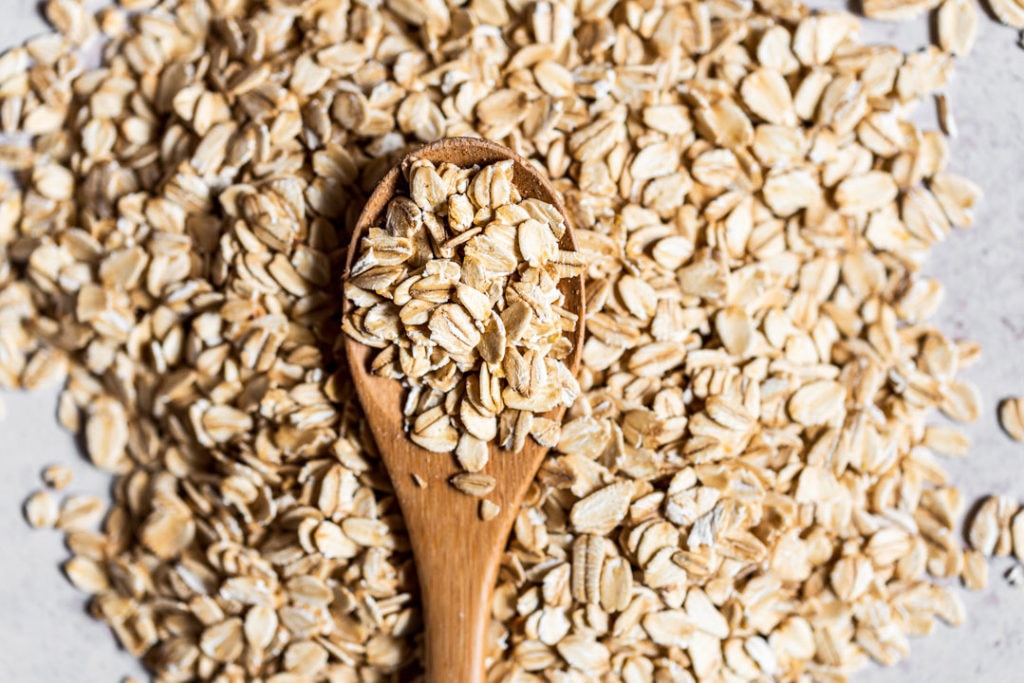
Whole or refined grains ↠ what's the difference?
Grains are essentially edible seeds from wheat and any other cultivated cereal crops. A grain is made up of three key parts: bran, germ and endosperm. And a whole grain will naturally have all three components.
All grains start as whole grain, but during refining, key parts of the seed are stripped away. A refined grain is typically missing the bran or germ, sometimes both! Leaving just the endosperm...
The refining process reduces the protein content of the grain and takes away several nutrients, thus becoming a mere shadow of the original whole grain. Some of the nutrients most affected by the refining process include vitamin E, folate, antioxidants and B vitamins including folate, thiamin and riboflavin.
The refining process was originally intended to increase shelf life-as the bran and germ are highly perishable-but was also found to remove much of the nutritional value. Once it was realized that refining grains removed important nutrients, they started enriching these refined grains. This means they add nutrients (specifically the B vitamins) back in.
This sounds like a good idea (and technically it's better than missing these nutrients altogether), but these added nutrients are not as bioavailable as the natural thing. They're a large downgrade from simply keeping the nutrients there in the first place. It seems like a big hassle to take nutrients away and then add some of them back when we could have just kept the grains whole, with all their original nutrients intact!
Health Benefits of Whole Grains
- Decreases risk of heart disease and colon cancer.
- Higher intake of whole grains associated with increased sensitivity to insulin.
- Whole grains contain antioxidants and lots of fiber, which can help decrease cholesterol and blood sugar.
- They're a good source of vitamin E and B vitamins.
Buying whole grains
Now let's talk about buying whole grains. It can be hard to make healthy choices at the grocery store because there are just too many options. And much of the labeling today can be quite misleading, so here are a few tips to help you sort through the graininess.
That folks, was a whole grains pun, from me to you.

When choosing any grain-based products
- Choose 100% whole grain - look for 100% whole grain on the label and make sure whole grain is the first ingredient.
- Often times, for example, a loaf of bread may list whole grain or whole wheat on the front of the package, but may contain only some whole wheat. It may also have enriched flour and caramel coloring. Those ingredients are best avoided.
- Choose minimally processed products that are as close to their natural state as possible. With that being said, grains inherently need some processing, but the less processing the better.
- Some packages have a whole grain stamp - this is a sign it contains whole grains. Ideally look for a stamp that says 100% whole grain.
- If it says flour or enriched flour, it's not whole grain.
Looking for these key features will help you make better choices for your grain-based foods.
On another note, there are several pseudo-grains that we include in the whole grain category. Many are seeds like quinoa, buckwheat and amaranth. Although technically not grains, most people treat and eat them like grains so I've included them in our whole grain discussion. These pseudo-grains are high in fiber and are also great to incorporate into your meals.
It's best to store whole grains in the fridge or freezer, especially if you don't go through them very fast. This will help ensure they stay fresher for longer.
A whole lot of choices!
Whole wheat, quinoa, oats, steel-cut oats, corn, wheat berries, amaranth, farro, freekeh, buckwheat, brown rice, black rice, wild rice, barley, kaniwa, teff, rye, bulgar, spelt, millet, triticale and the list goes on…
Choosing whole grains instead of refined grains is a great way to improve nutrition, while reducing cholesterol and heart disease risk.
Want some more ideas for recipes with whole grains? We've got you covered.
Ways to use whole grains
- Make sandwiches with whole grain bread
- Use whole wheat or corn tortillas in tacos
- Enjoy whole grain breakfast cereals or oatmeal
- Use whole grain pasta instead of refined flour pastas
- Swap out refined flour for a whole grain flour in baked goods like muffins or banana bread
- Increase the fiber and heartiness by adding farro, wheat berries or quinoa to a salad
- Use brown rice instead of white rice in stir-fries and curries
- Use whole grains in snacks like crackers and oatmeal balls


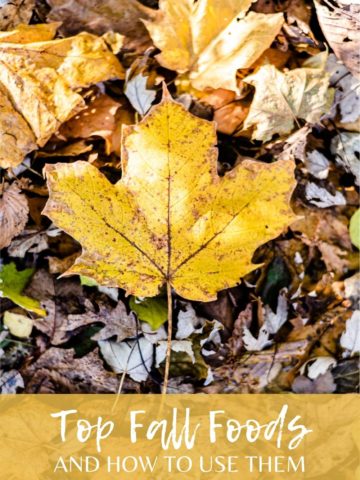


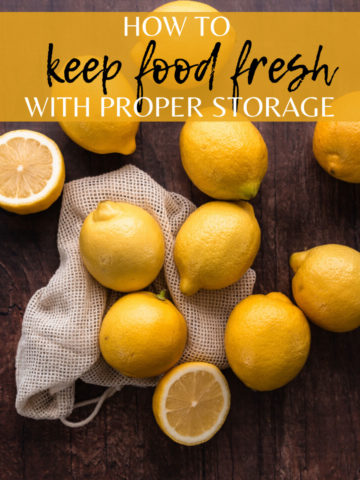
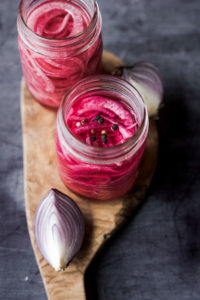

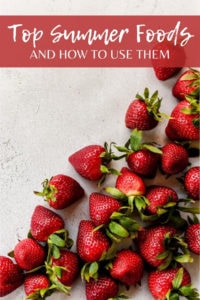
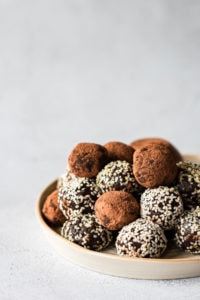
Leave a Reply